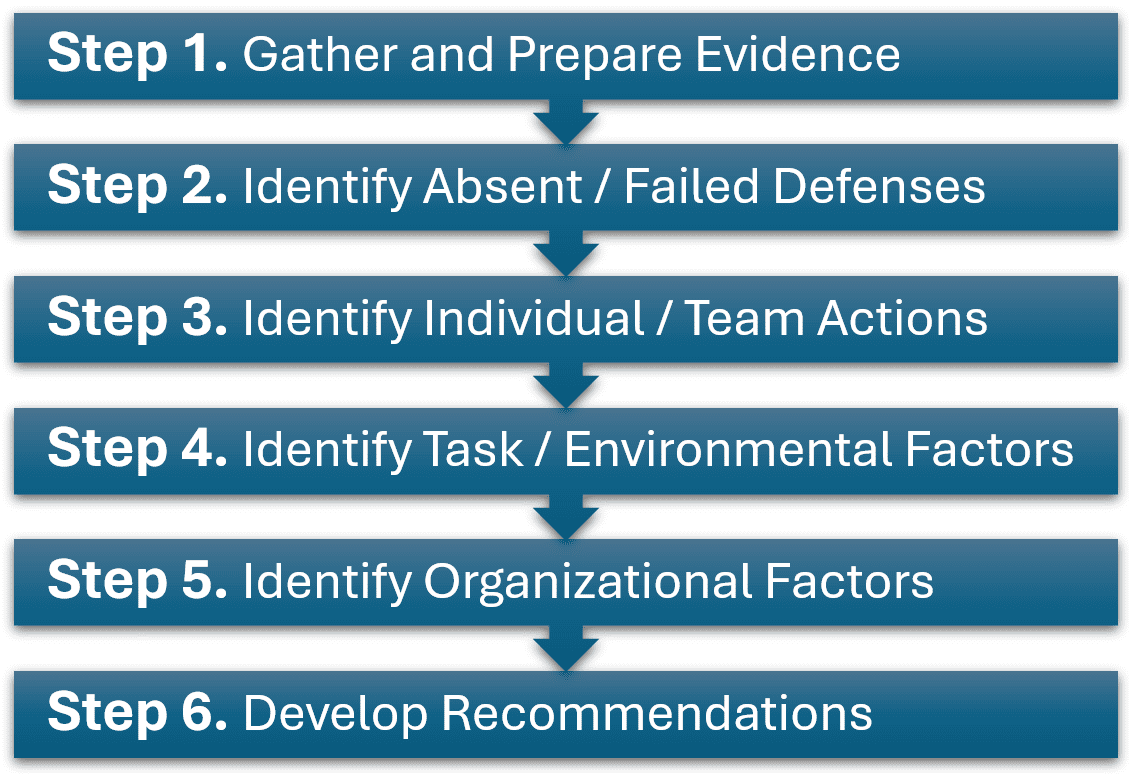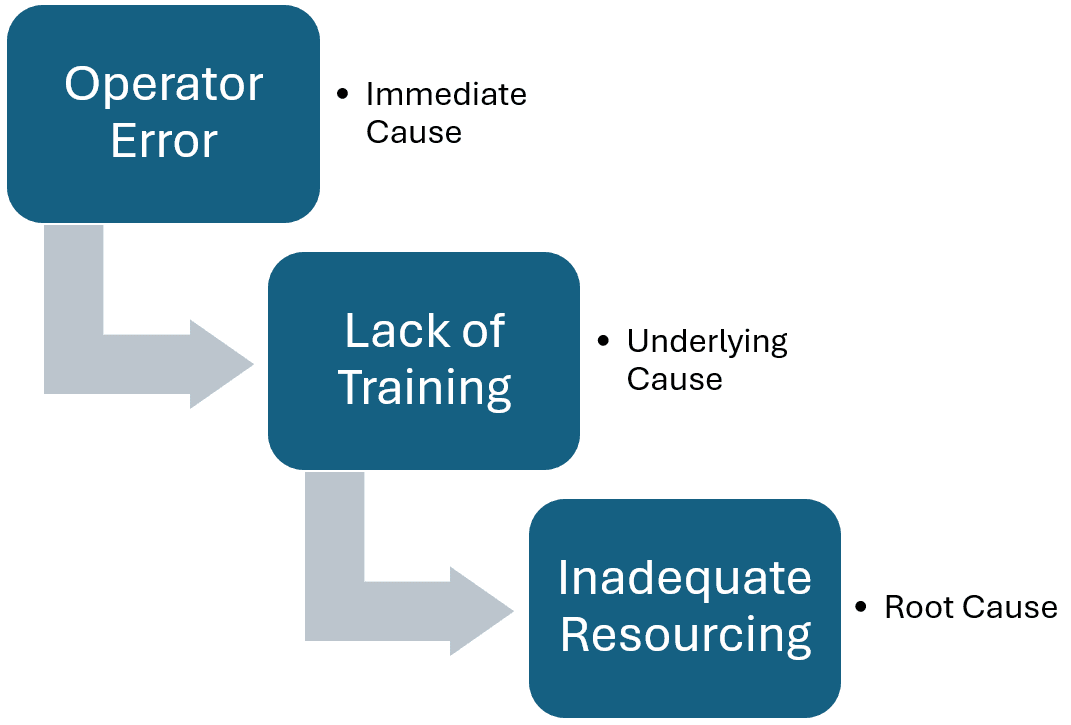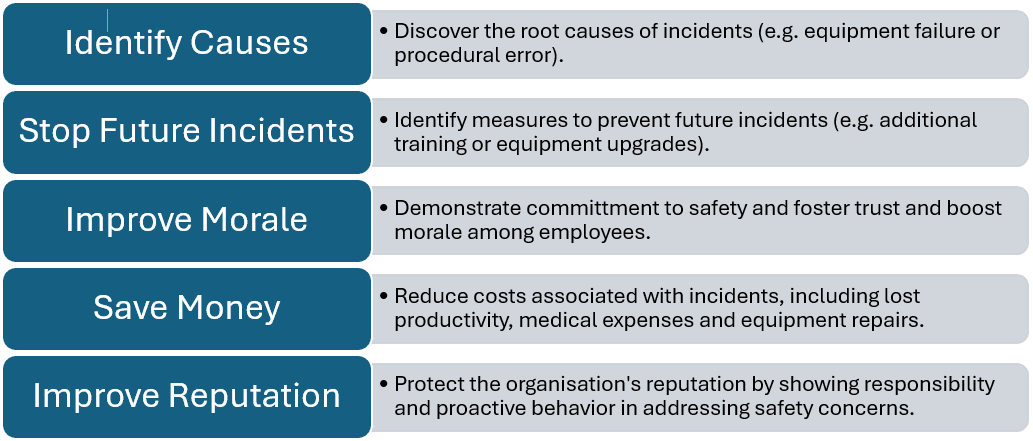How to Conduct a Workplace Incident Investigation in Australia

What is a Workplace Incident Investigation?
A workplace incident investigation is essentially a detailed analysis of what happened during an incident and why it occurred so that effective preventative measures can be taken.
Incident Report vs Incident Investigation
The lines are a little blurry and sometimes the two can sometimes be combined into a one (e.g. an Incident Report and Investigation).
Incident Report
An incident report is a document which outlines the facts surrounding an incident. The objective is to document the occurrence.
Incident Investigation
An incident investigation is an analysis of the events leading up to, during and after an incident. The objective is to determine the cause and prevent reoccurrence.
Why Conduct a Workplace Incident Investigation?
There are many benefits to conducting workplace incident investigations.
How to Conduct a Workplace Incident Investigation?
Complete an Incident Report
If an Incident Report hasn’t been completed, this should be the first step. The Incident Report should include (as a minimum):
- Date, time and location of the incident
- Personnel involved and any witnesses
- A description of what happened
- Incident classification (as well as whether the incident required notification)
- Details of any injuries
- Details of any damage to plant, equipment or property
Conduct the Incident Investigation
The following steps are from the ICAM Incident Investigation model. We have a guide on ICAM Investigations.

We have a guide on ICAM Investigations.
Step 1: Gather the Evidence
Evidence should be gathered about the incident, this can include:
- Photographs
- Policies / Procedures
- Detailed Witness Statements
- Sketches / Diagrams
- Equipment
- Maintenance Records
Step 2: Identify Failed Defenses
Identify the safety measures that were either not present or did not function as intended during the incident.
Step 3: Identify Individual / Team Actions
Examine the actions and decisions taken by individuals and teams involved in the incident to identify any errors or violations that contributed to the event
Step 4 & 5: Identify Task, Environmental and Organisational Factors
Next, identify the immediate, underlying and root causes that led up to the incident. These can be grouped into task, environmental and organisational.

Step 6: Develop Recommendations
Finally, develop recommendations based on your findings. The recommendations should follow the SMARTER acronym:
- Specific
- Measurable
- Achievable
- Relevant
- Timely
- Evaluated
- Reviewed
What are Workplace Incident Investigations Procedures?
While workplace incident investigation procedures will vary from company to company, there are some best practices that many businesses follow. These include:
- A written incident report should be created and completed as soon as possible after an incident occurs. Ideally, it should be created within 24 hours.
- The person who completes the report should be objective and impartial.
- The report should include the date, time, and location of the incident, a description of what happened, the names of those involved, and a description of the injuries sustained if any were reported.
- The report should include a detailed account of what led up to the incident occurring and any factors that may have contributed to it occurring.
- The report should also include the steps taken to manage the risk or hazard involved.
- All relevant people should sign off on the report to confirm that it is accurate.
- The report should be kept in a safe place and be easily accessible in the case of a legal dispute.
FAQs
What is a workplace incident investigation?
It’s the process of examining a workplace event that led to, or could have led to, injuries or damages, aiming to prevent future incidents.
Who is responsible for conducting these investigations?
Typically, a designated safety officer or a team, depending on the organization’s size and policy.
When should an investigation begin?
As soon as possible after the incident occurs to ensure evidence is fresh and accurate.
What are the key steps in an investigation?
Identify the incident, collect data, analyze information, identify causes, and recommend actions.
How do I collect data?
Through interviews, photographs, videos, and reviewing documents or equipment involved in the incident.
Who should be interviewed?
Witnesses, the injured party, and anyone directly involved with the incident.
Further Reading
- Notifiable Incidents in Australia: 4 Things You Need to Know (Spire Safety) <https://spiresafety.com.au/resources/notifiable-incidents-in-australia/>
- Work Related Deaths Per Year in Australia: Facts and Figures (Spire Safety) <https://spiresafety.com.au/resources/work-related-deaths-per-year/>
- Tips for investigating workplace incidents factsheet (Spire Safety) <https://www.worksafe.qld.gov.au/__data/assets/pdf_file/0015/22902/tips-for-investigating-workplace-incidents.pdf>

